Biochemical changes
Biochemical alterations have been found in many mental disorders. These include changes to neurotransmitters like serotonin and GABA, and other biochemicals including those related to the immune system. Click on the links or the tabs below to access all the information, or browse via the drop-down menu on the left.
Image: ©cutimage – stock.adobe.com
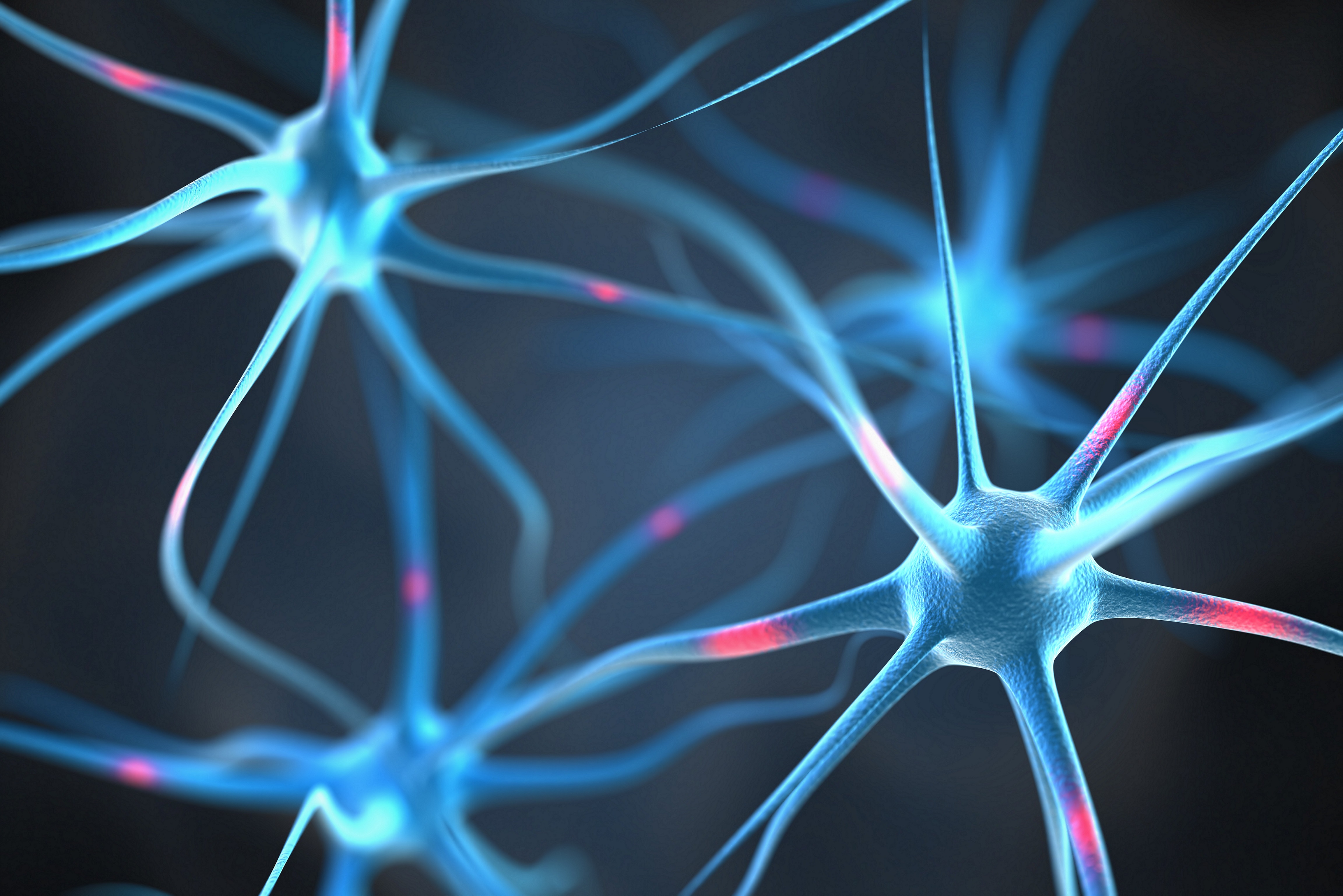
Brain pH and lactate
What is brain pH and lactate in bipolar disorder? Maintenance of an adequate pH balance in all tissues and organs is important for good health. Decreased levels of brain pH are associated with increased levels of lactate, and vise versa. Lactate is an acidic source of fuel that is constantly generated and consumed in the brain. An imbalance in pH, particularly a shift toward high acidity, is associated with numerous physical and mental disorders. What is the evidence for brain pH and lactate in people with bipolar disorder? Moderate to low quality evidence suggests increased brain lactate levels in people…

Calcium
How is calcium related to bipolar disorder? Cellular calcium concentrations are potentially disrupted in bipolar disorder. Intracellular calcium has a fundamental role in neuronal excitation, transmitter synthesis and release, and synaptic function and plasticity, and disruptions to these functions can affect mood. Cellular calcium levels may be altered by lithium and other psychotropic drugs. What is the evidence for calcium alterations in people with bipolar disorder? Moderate to high quality evidence suggests a medium-sized effect of increased intracellular calcium in people with bipolar disorder compared to controls. This effect was apparent in platelets and lymphocytes, in patients with mania or…
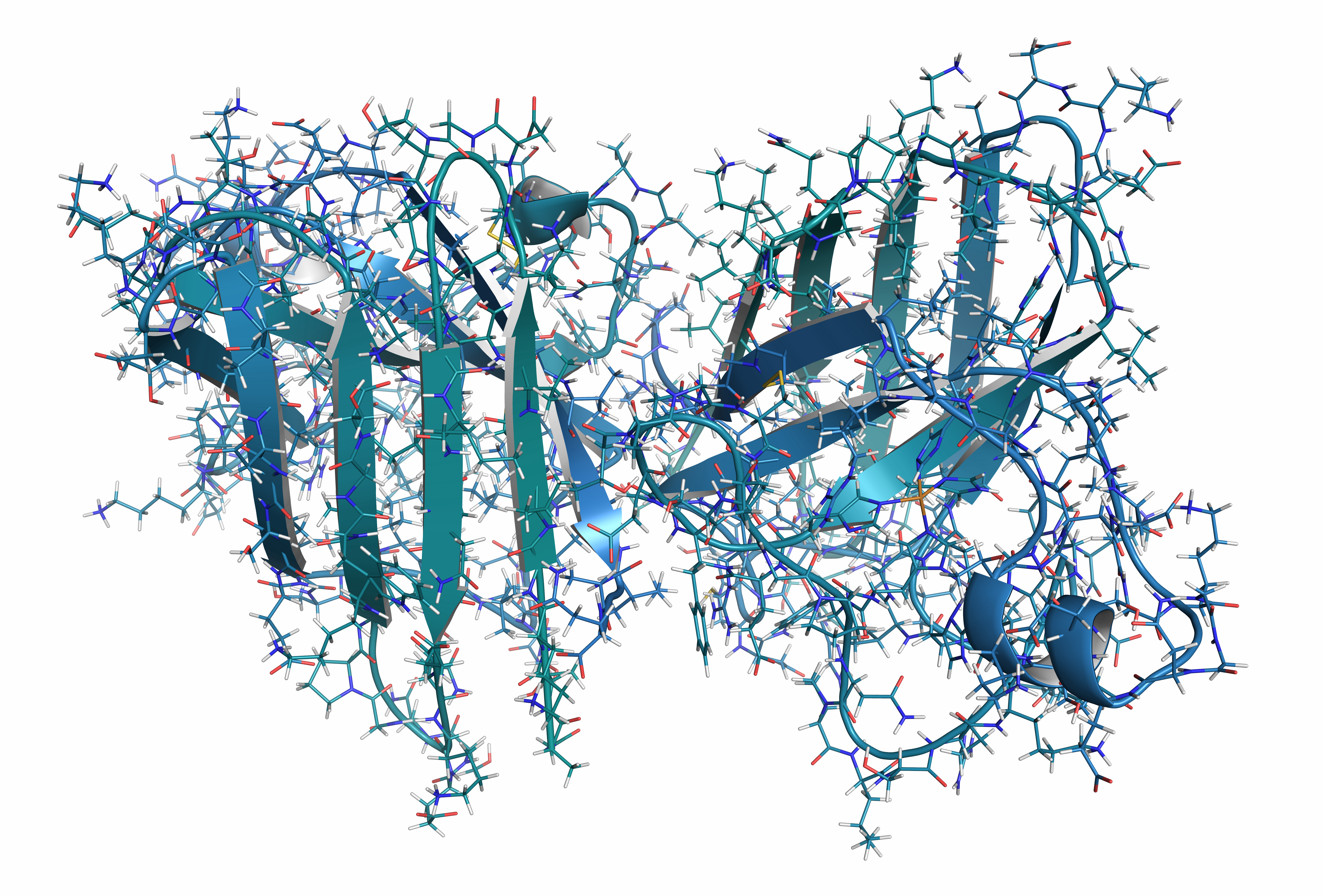
Complex I and IV
What is complex I and complex IV in bipolar disorder? The electron transport chain involves a series of complexes that transfer electrons from donors to acceptors via reduction-oxidation reactions. Complex I is the first and largest enzyme in the electron transport chain, while complex IV is the last enzyme in the chain. Both of these complexes have been found to be altered in psychiatric disorders. The remaining complexes have been studied to a lesser degree. What is the evidence for complex I and IV alterations in people with bipolar disorder? Moderate quality evidence suggests small to medium-sized effects of lower…
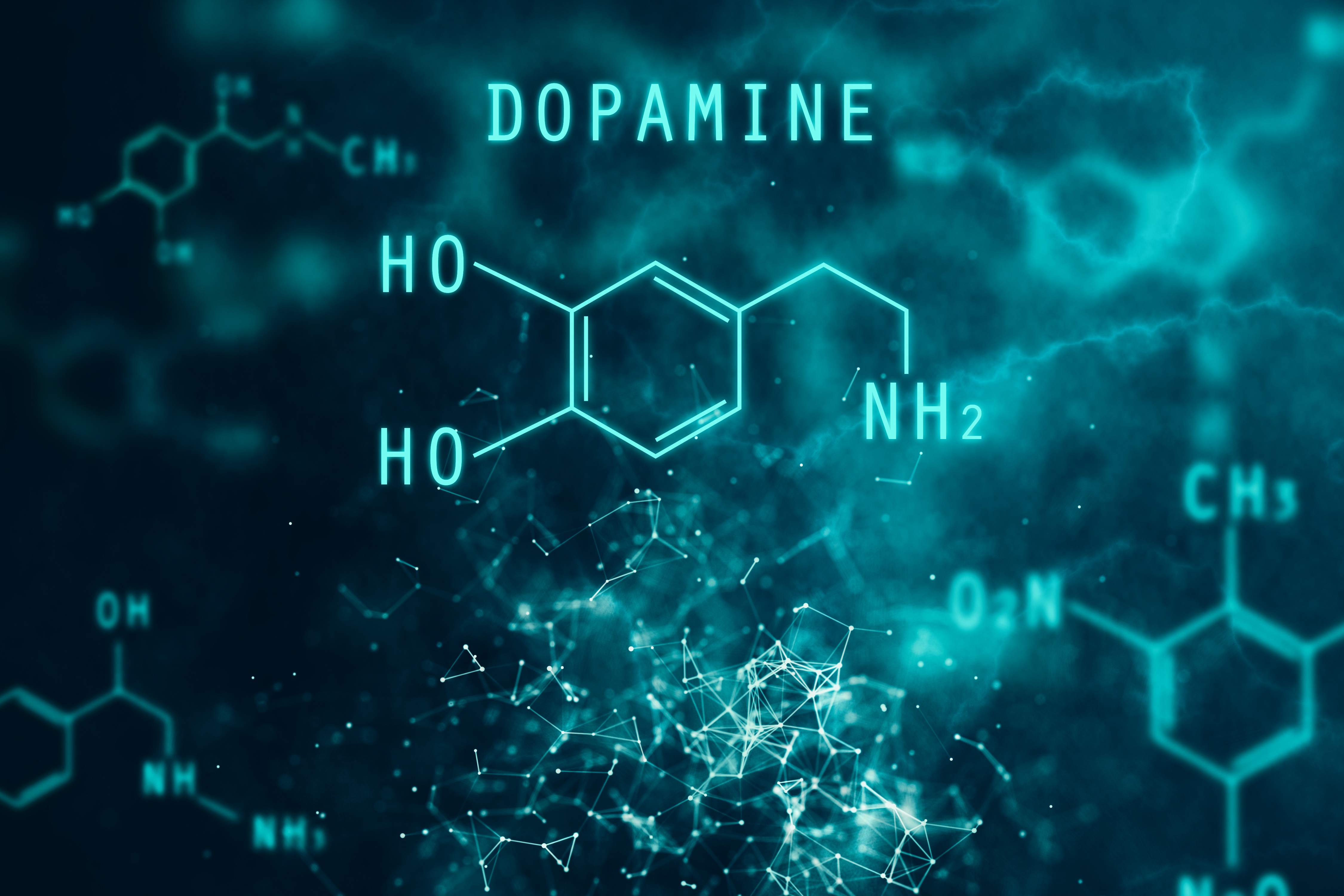
Dopamine
We have not found any systematic reviews on this topic that meet the Library’s inclusion criteria. Pending enough primary studies, we invite reviews on this topic to be conducted. Alternatively, we will endeavour to conduct our own review to fill this gap in the Library. December 2021 Image: ©peshkova – stock.adobe.com

GABA
What is GABA in bipolar disorder? Gamma-aminobutyric acid (GABA) is one of the most important inhibitors of neurotransmitters in the central nervous system. GABA is thought to be dysfunctional in people with depression and other affective disorders, with reduced levels found in human postmortem studies. GABA can also be measured via peripheral levels in plasma, via central levels in cerebrospinal fluid, and in particular brain regions using proton magnetic resonance spectroscopy. What is the evidence for changes in GABA levels in people with bipolar disorder? Moderate to high quality evidence shows a medium-sized effect of reduced levels of GABA in…

Gut microbiota
What is gut microbiota in bipolar disorder? Gut microbiota involves a dynamic community of microorganisms that inhabits the human body, and changes in response to intrinsic and extrinsic factors. This community includes bacteria, archaea, microbial eukaryotes, fungi, and viruses, and so it is critical in maintaining healthy physiology, Disruption to it has been shown to have a pivotal role across a range of medical conditions including inflammatory bowel disease, metabolic diseases, cancer, and chronic pulmonary diseases. Studies are now investigating how the gut microbiota can influence the brain. The mechanisms by which intestinal microorganisms could be linked to emotional and…
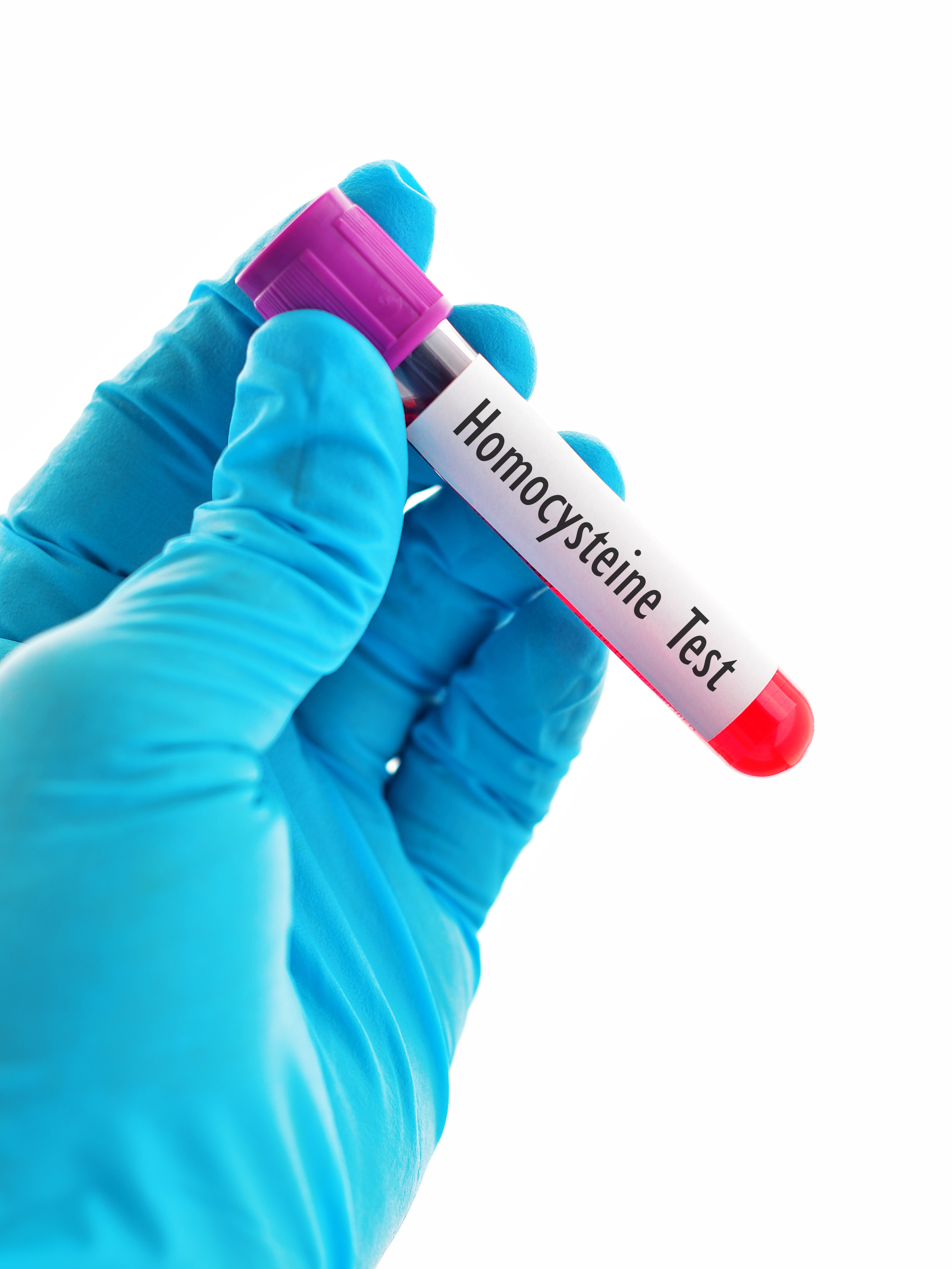
Homocysteine
What is homocysteine in bipolar disorder? Homocysteine is a sulphur-containing amino acid that is derived from the diet. As folate is needed to metabolise homocysteine, and vitamin B12 helps keep homocysteine levels low, people who are deficient in these vitamins may have increased levels of homocysteine. Homocysteine is involved in a large number of processes in the central nervous system, including alteration in glutamatergic neurotransmission which has been implicated in many psychiatric disorders. Increased homocysteine can also promote vasulotoxic effects which contribute to a range of medical disorders, including cardiovascular disease; a common comorbid condition in people with bipolar disorder….

Hypothalamic-pituitary-adrenal axis
What is the hypothalamic-pituitary-adrenal (HPA) axis in bipolar disorder? Stress is defined as a threat to the body’s ability to regulate internal processes following exposure to an adverse event. People adapt physiologically and behaviourally in response to stress in order to re-establish internal balance. The biological response to stress is mediated through the HPA axis and the sympathetic nervous system. This is achieved through the release of cortisol and adrenocorticotropin hormone (ACTH). Altered HPA axis activity can result in prolonged exposure to cortisol or ACTH which can be detrimental to physical and psychological health. What is the evidence for HPA…

Infectious agents
How are infectious agents related to bipolar disorder? Several markers of infectious agents have been investigated in people with mental disorders due to their neurological interactions. Any association between these agents and risk of subsequent bipolar disorder remains unclear. Infectious agents include Toxoplasma gondii and Borna Disease Virus. Toxoplasma gondii is a parasitic protozoa usually hosted by domestic cats and other warm-blooded animals, including humans. Borna Disease Virus is the key causative component of Borna disease, a neurological syndrome primarily affecting animals, but sometimes humans. What is the evidence for markers of infectious agents in people with bipolar disorder? Moderate…

Inflammation and immune system dysfunction
What is inflammation and the immune system in bipolar disorder? Inflammation is caused by the immune system’s response to pathogens or tissue damage. The immune system is the body’s first line of defence and predominantly uses proteins called cytokines that are secreted by immune cells and act to allow cell-to-cell communication. Cytokines include interleukins (IL), interferons (IFN), tumor necrosis factors (TNF), transforming growth factors (TGF), adipokines, and chemokines. C-reactive protein (CRP) is released by the body during inflammation, with increased CRP suggestive of infection and chronic inflammatory conditions such as cardiovascular disease, diabetes, and metabolic dysfunction. What is the evidence…
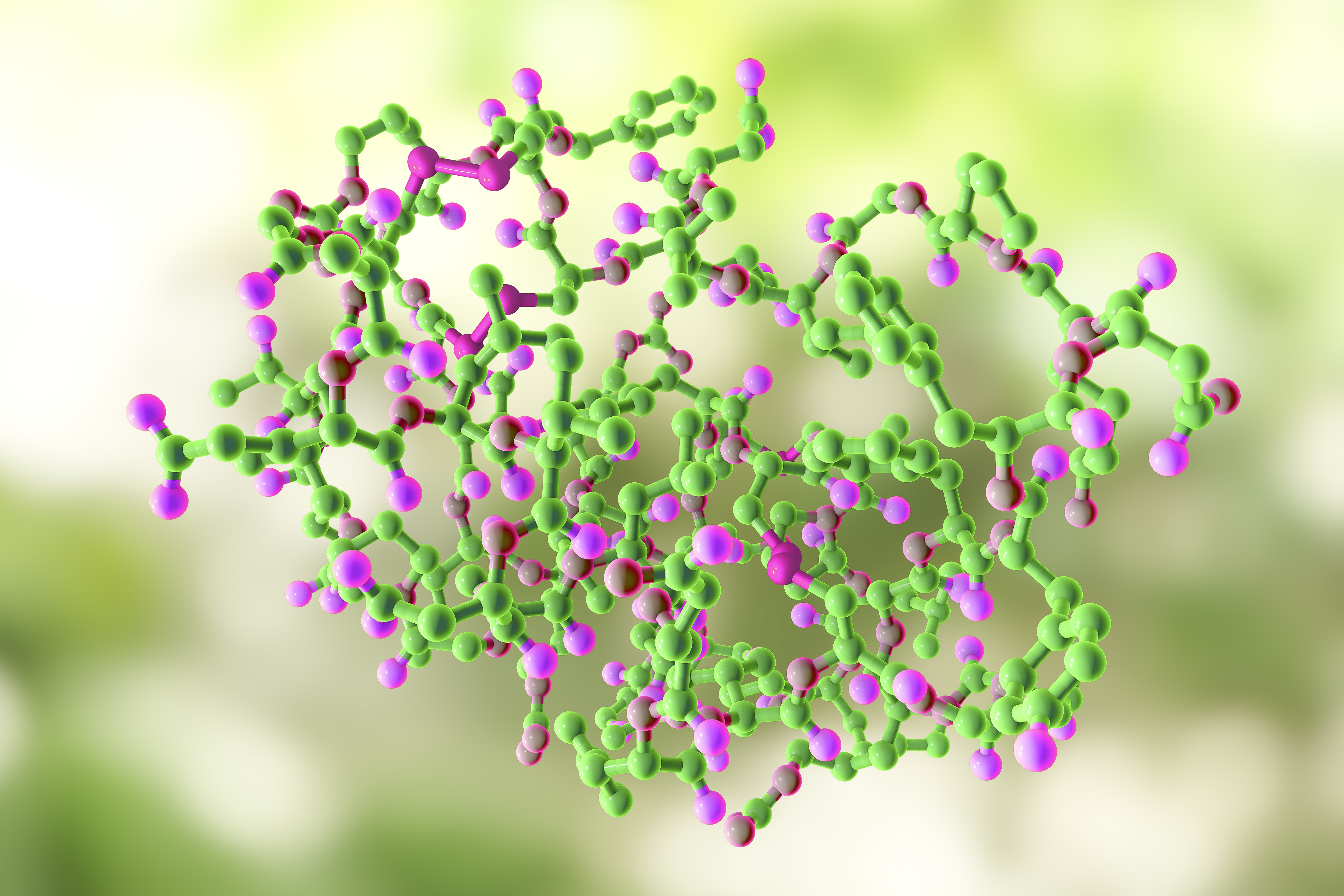
Insulin-like growth factor
What is insulin-like growth factor-1 in bipolar disorder? Insulin-like growth factor-1 (IGF-1) is a 70-amino acid peptide, primarily produced in the central nervous system and peripheral tissues such as the liver, and regulated via growth hormone secretion. IGF-1 interacts with the central nervous system under conditions of neuroinflammation and neurodegeneration. It also helps in neurogenesis, myelination, remyelination, neuromodulation, and synaptogenesis, which are all impaired in affective disorders, including bipolar disorder. What is the evidence for changes in insulin-like growth factor-1 in people with bipolar disorder? Moderate quality evidence finds increased peripheral IGF-1 levels in people with bipolar disorder or major…

Lipids
What are lipids in bipolar disorder? Lipids, as fundamental membrane constituents, make up as much as 50-60% of the human brain’s weight. The main lipid compounds present in the brain are essential fatty acids (EFAs), which bind largely to glycerophospholipids (GPLs). Due to the unique chemical structure of GPLs, they have a tendency to form bilayers, and consequently cellular membranes are comprised of a phospholipid bilayer structure. The fluidity of this membrane is determined by the EFA and cholesterol content. Different membranes have different requirements for ion channels, receptor activity and neurotransmitter release and so have different EFA concentration, for…
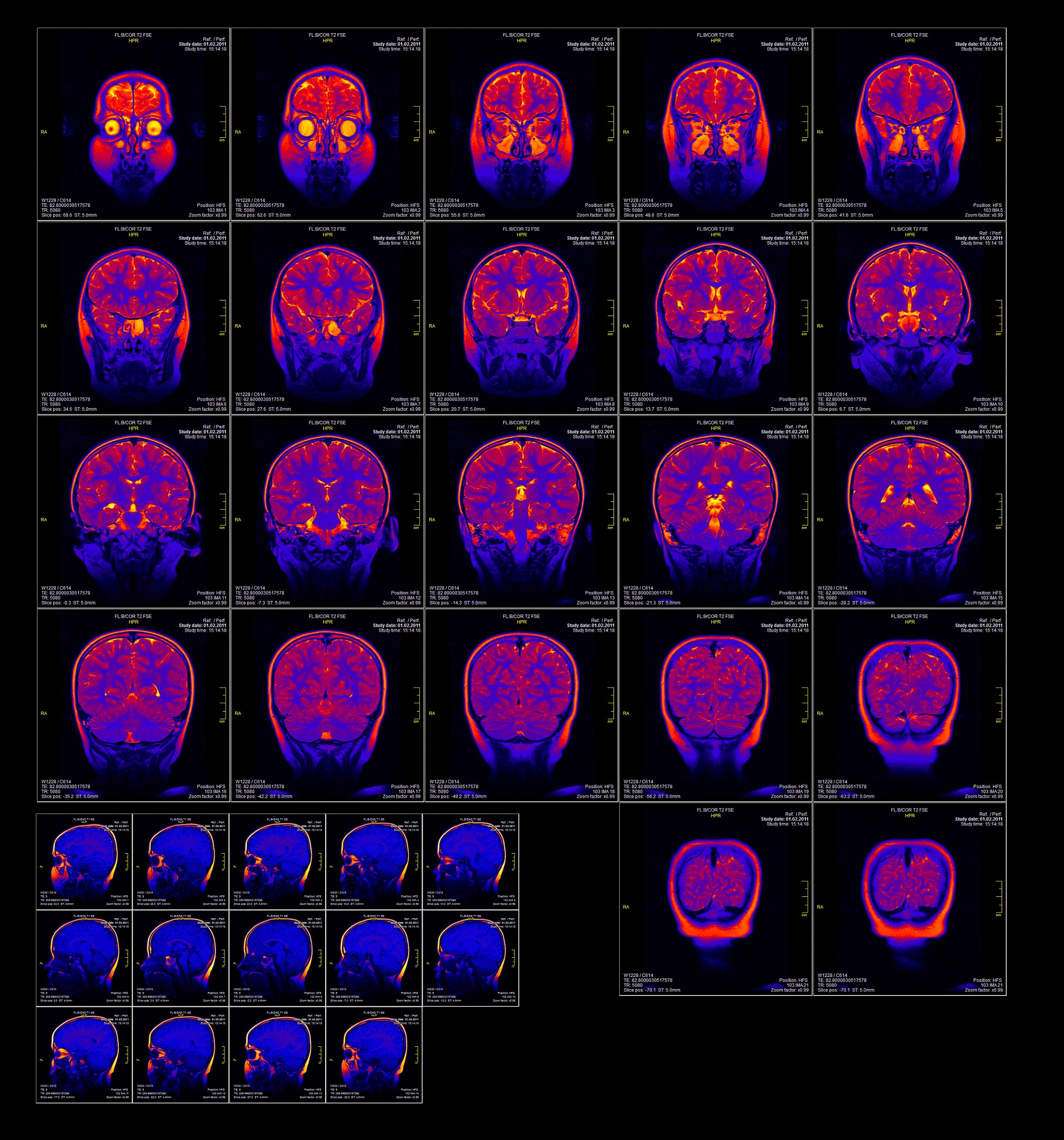
Neurometabolites
What are neurometabolites in bipolar disorder? Products of normal chemical metabolism may be altered in bipolar disorder. Changes in metabolite levels may be indicative of altered biochemical activity. Magnetic resonance spectroscopy (MRS) has been used to measure levels of metabolites, such as N-acetylaspartate (NAA), creatine (Cr), trimethylamines/ choline containing compounds (Cho) and glutamine (Gln). These derivatives are indirect indicators of biochemical activity. Alteration in levels of NAA/Cr is associated with the protective myelin sheath surrounding neurons, which is used as a marker of neural cell viability. Decreased levels of NAA are associated with neuron death, or injury to the part…
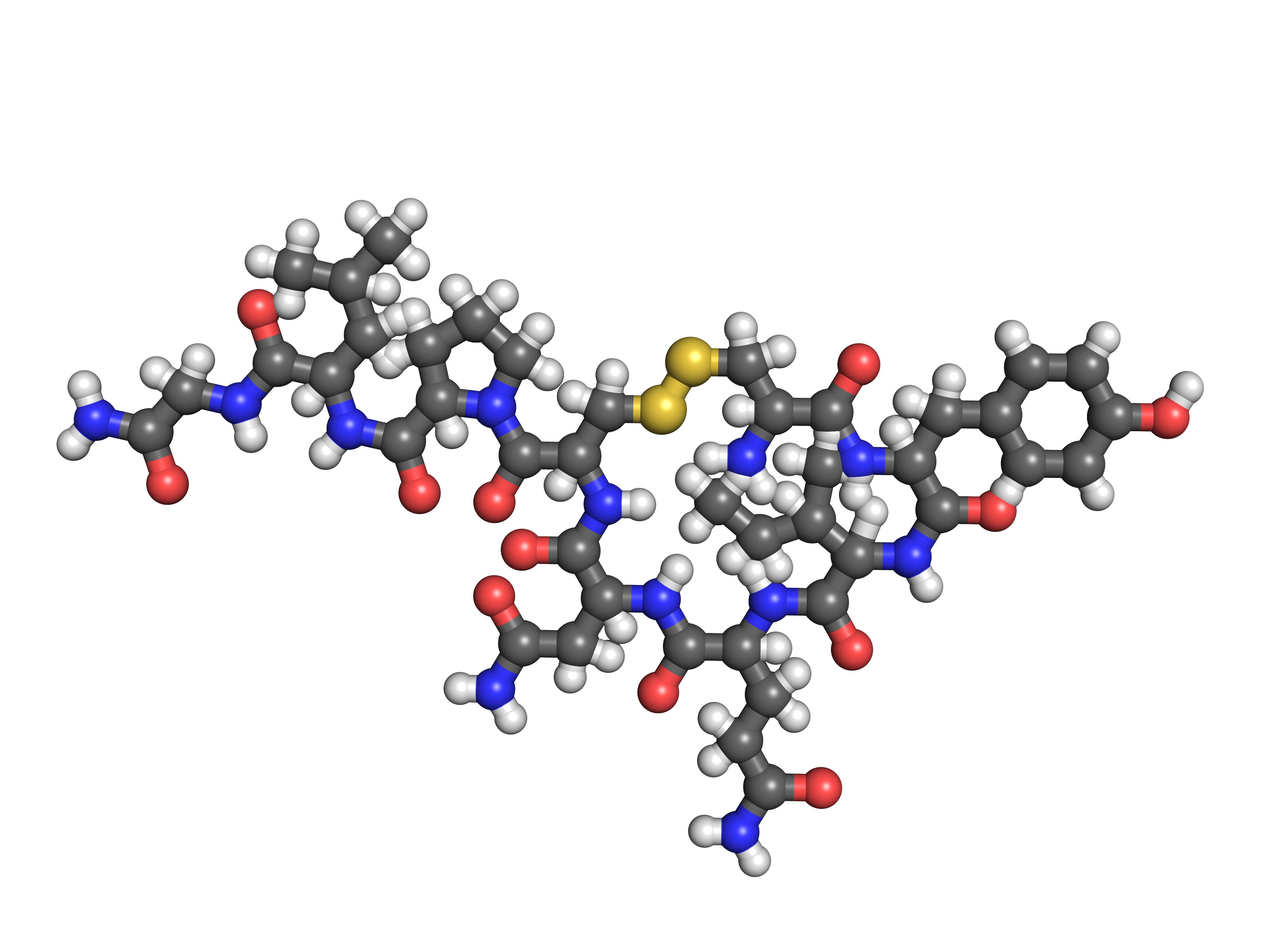
Neuropeptides
What are neuropeptides in bipolar disorder? Neuropeptides are a class of signalling molecules. They are protein-like molecules that are used by neurons to communicate with each other. Different neuropeptides are involved in different brain functions such as reward, food intake, metabolism, reproduction, social behaviours, and learning. For example, the neuropeptides oxytocin and vasopressin have specific effects on social behaviours. What is the evidence for neuropeptides in people with bipolar disorder? Moderate to low quality evidence finds no differences in oxytocin or vasopressin between people with bipolar disorder and controls without bipolar disorder. No other neuropeptides were assessed via systematic review….
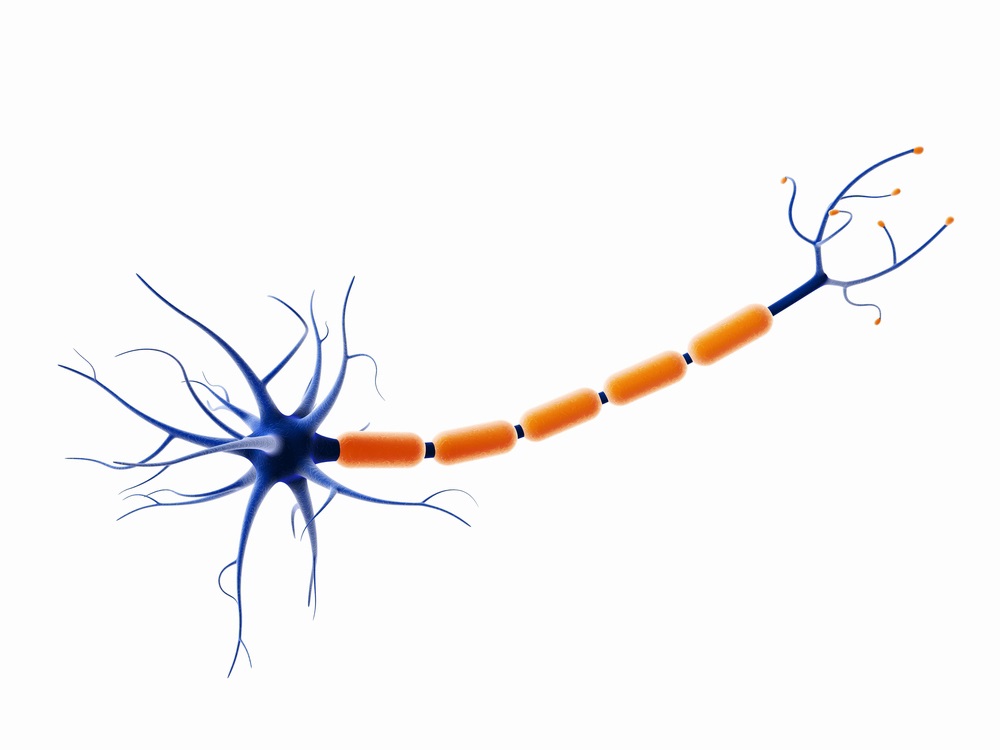
Neurotrophins
What are neurotrophins in bipolar disorder? Neurotrophins, such as nerve growth factor (NGF) and brain-derived neurotrophic factor (BDNF), regulate neuronal survival and growth during development. Effects of neurotrophins on neuronal transmission in the hippocampus, cortex, cerebellum and basal forebrain are important for learning and memory processes. Reduced neurotrophins may affect synaptic efficiency and connectivity in bipolar disorder that is hypothesised to underpin signs and symptoms of the disorder. What is the evidence for neurotrophins? High quality evidence suggests a small increase in blood NGF levels in unmedicated people with bipolar disorder compared to controls. Moderate quality evidence suggests a medium-sized…

NMDA receptor function
What are NMDA receptors in bipolar disorder? An N-methyl-d-aspartate (NMDA) receptor consists of several subunits; the NR1 subunits that bind coagonists glycine and d-serine, the NR2 subunits that bind the neurotransmitter glutamate, and the NR3 subunits that bind glycine. The NMDA receptor is activated by binding glutamate and a coagonist. Glutamate is the major excitatory neurotransmitter in the brain and is crucial to normal brain function. In bipolar disorder, there may be changes in levels of glutamate and its metabolites (e.g. glutamine), and changes in levels or activity of mechanical components of the NMDA receptor system, such as the receptors…
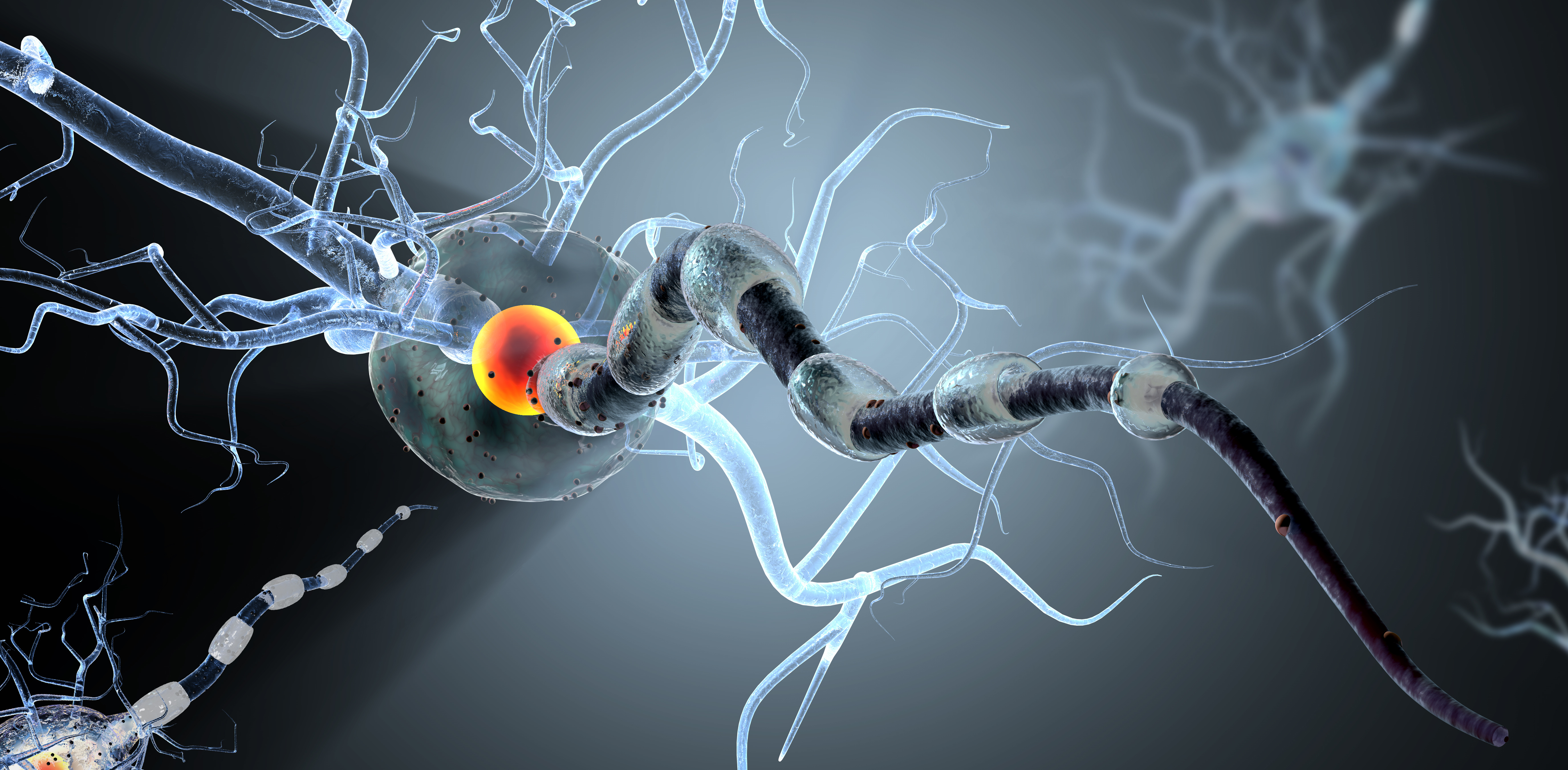
Oxidative stress
What is oxidative stress? While oxygen is a vital component of life, some oxygen-based compounds called free radicals can be toxic due to their highly unstable nature. The key free radical classes are the reactive oxygen species and reactive nitrogen species, and they are formed as by-products of normal metabolism. Under normal conditions, these free radicals are tightly monitored and controlled by stringent protective barriers, such as their rapid removal from cells and antioxidant enzymes that break them down. At tightly maintained concentrations, free radicals play an important role in cellular signalling, immune responses and cell growth. However, excess free…
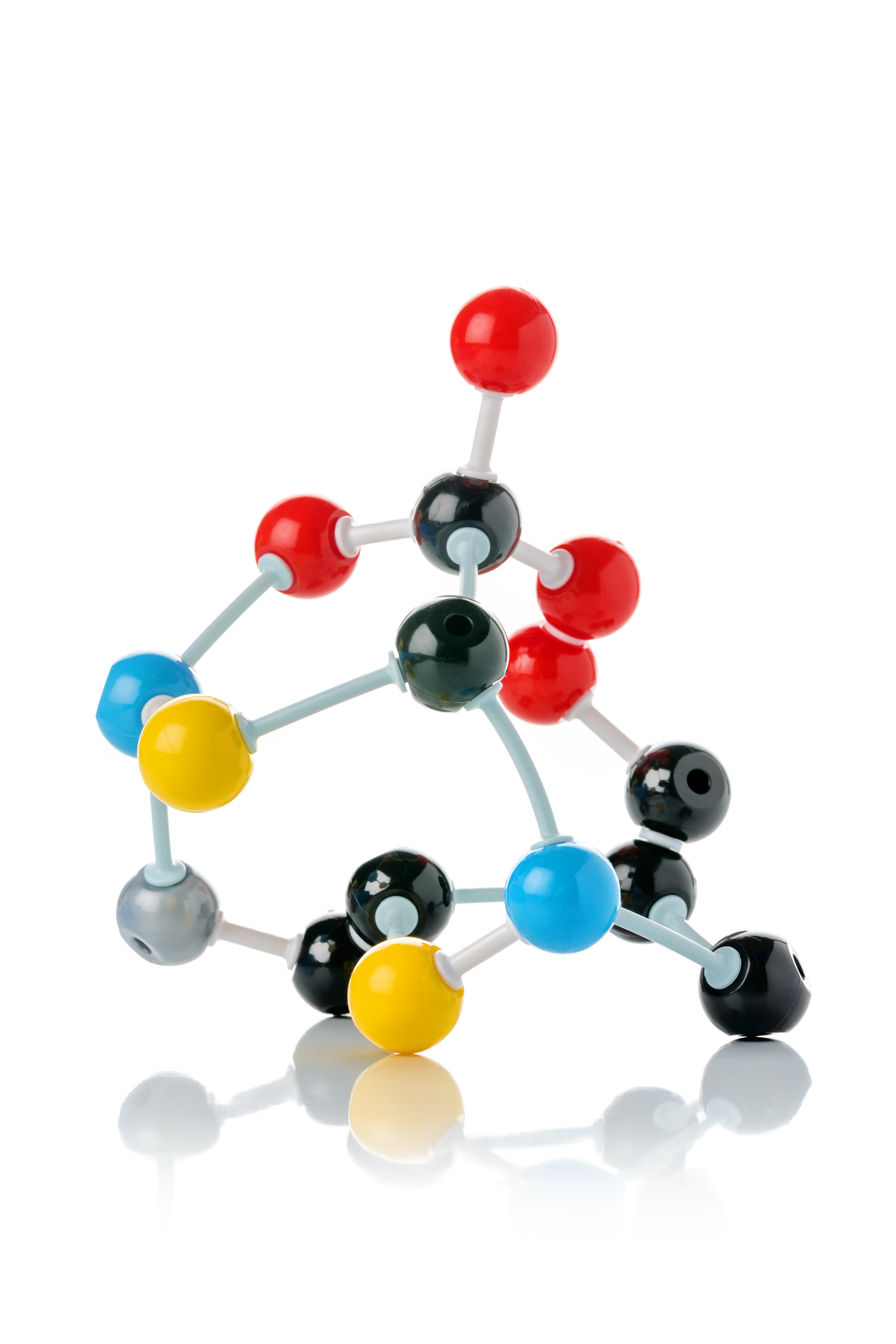
S100 proteins
What are S100 proteins? S100 proteins are a subgroup of proteins which regulate intracellular processes such as cell growth and motility, cell cycle regulation, transcription and differentiation. They are characterised by two calcium binding sites of the helix-loop-helix conformation, and at least 21 members have been identified so far. S100B is one member of this subgroup that is primarily found in the cytoplasm of astrocytes. It regulates cell shape, energy metabolism, and intracellular signal transduction. Serum S100B has been used as a marker for CNS damage, particularly in astrocytes, as well as a marker of blood-brain-barrier disruption. What is the…

Serotonin
What is serotonin in bipolar disorder? The serotonergic system is a diffuse network in the central nervous system that plays a major role in mood regulation, particularly low mood and depression. The main agents for treating depression are antidepressants, including selective serotonin reuptake inhibitors or combined serotonin/noradrenaline reuptake inhibitors. The mechanisms of these antidepressants result in increased synaptic levels of serotonin and/or noradrenaline. What is the evidence for serotonin changes in people with bipolar disorder? Moderate quality evidence suggests increases in serotonin receptors (5-TH1R) in the hippocampus, parahippcampus, and amygdala of people with acute bipolar depression compared to controls. There…

Vitamin B
How is vitamin B related to bipolar disorders? Vitamin B12, B6 and folate (vitamin B9) play important roles in the development, maintenance, and function of the brain. Vitamin B is important for critical cellular processes such as the synthesis of nucleic acids for DNA, and the metabolism of amino acids and other vitamins. However, any relationship between vitamin B levels and risk of psychiatric disorders remains unclear. What is the evidence for vitamin B alterations in people with bipolar disorder? High quality evidence suggests a small reduction in serum folate levels in people with bipolar disorder compared to people without…
Green - Topic summary is available.
Orange - Topic summary is being compiled.
Red - Topic summary has no current systematic review available.
